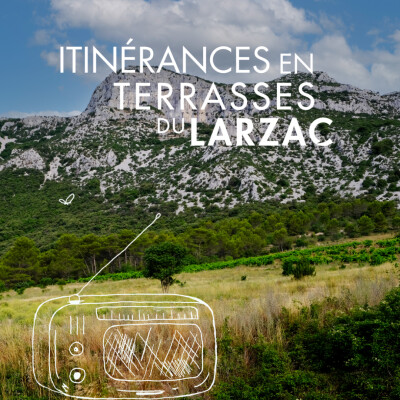Description
This last episode dedicated to the geology of the AOP Terrasses du Larzac brings us to Gignac, at the foot of the Church of Our Lady of Grace (and not Our Lady of Clans as our guide tells us… the latter being located on the shores of Lac du Salagou). The 'Chemin de Croix (Way of the Cross) that passes in front of the church dates from the Miocene epoch (23 - 5.3 million years ago), when the Mediterranean Sea extended right up to this point!
Olivier Jullien, who takes us towards Jonquières, confirms that the geological diversity stamps its mark on the wines, and guides the choices of the winegrowers: "selecting a particular terroir comes down to just a few metres here or there, (...) we seek out all the possible complexity in 6 or 7 different places within just a small area".
Credits, in order of appearance
Shona Gravat-Hodan, Project Officer, Terres d'Hérault Geopark project (Département de l'Hérault, a sub-regional public body)
Olivier Jullien, winegrower at Mas Jullien, Jonquières
Sébastien Rouve, winegrower at Domaine Mon Rêve, in Cartel du Bosc
François Boudou, President of the Castelbarry cooperative winery in Montpeyroux
Olivier Bellet, winegrower at Clos Rivieral in Loiras du Bosc.
This podcast was directed by Alexandre Héraud, with support from his team at Écran Sonore, in particular Vincent Decque, editor.
The podcast was produced for the series Wine Routes, and can be found on our web application "Itinérances en Terrasses du Larzac" : https://visit.terrasses-du-larzac.com/ This web app was developed in partnership with Vinoways, a Montpellier-based start-up. It was financed with the support of Occitanie Region, and European LEADER programme funds administered by Pays Cœur d'Hérault (destination Vineyards and Discoveries "Languedoc Heart of Hérault").
Hébergé par Ausha. Visitez ausha.co/politique-de-confidentialite pour plus d'informations.


